 Most viewed Most viewed |
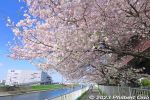
4 views
|
|
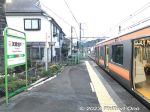
JR Musashi-Masuko Station platform. From central Tokyo, the train ride took about 1 hr. 20 min. JR武蔵増戸駅4 views
|
|
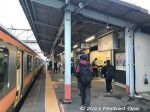
JR Musashi-Masuko Station4 views
|
|
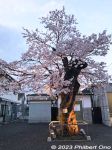
Leftmost Yasube'e cherry blossom tree is the smallest.4 views
|
|
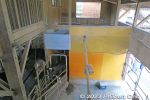
The adult cow she has this milking station where the cows are automatically directed to the milking machine. 授乳所4 views
|
|
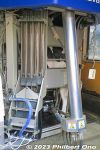
The milking machine uses red light beams and sensors to detect the nipples and attach the milking tubes. 4 views
|
|

Types of cows. The cow's excrement and urine are converted into fertilizer for growing vegetables, etc.4 views
|
|
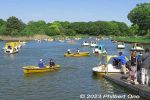
Pedal boats are very popular. This is the boat dock.4 views
|
|
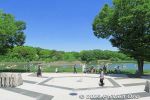
After entering the park through the Nishi-Tachikawa Entrance, you see this scene of the Waterfowl Pond and pedal boats. 水鳥の池4 views
|
|
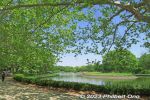
Waterfowl Pond.4 views
|
|
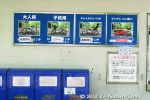
Types of bicycles available for rent. But all gone. Long wait.4 views
|
|
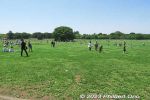
Center of the park is this large lawn where people can play. Called "Minna no Harappa" or Field for All. みんなの原っぱ4 views
|
|
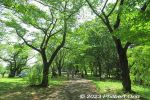
4 views
|
|
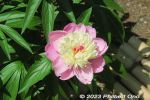
Peony4 views
|
|
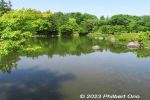
Showa Kinen Park's Japanese garden.4 views
|
|
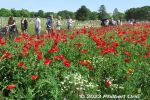
Red poppy field on the western fringe of the large field. Called the Bouquet Garden. ブーケガーデン4 views
|
|
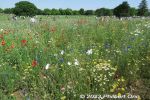
4 views
|
|
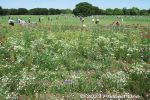
Pretty flowers.4 views
|
|
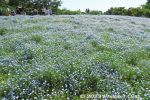
Nemophila (baby blue eyes) at Showa Kinen Park, Tachikawa, Tokyo.4 views
|
|
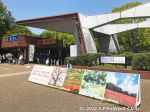
Nishi Tachikawa entrance to Showa Kinen Park. Use your Suica card or buy tickets from the vending machine. The signboard promotes the flowers currently in bloom: red poppies.4 views
|
|
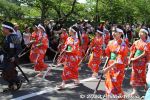
Child warriors from local youth groups. 少年少女武者隊 小田原市子ども会連絡協議会4 views
|
|
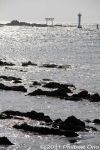
4 views
|
|
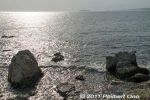
4 views
|
|
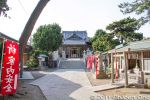
Morito Daimyojin Shrine on the Morito Coast. 森戸大明神4 views
|
|
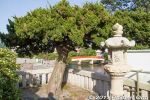
4 views
|
|
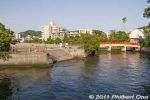
Morito River and Misogi Bridge. みそぎ橋4 views
|
|
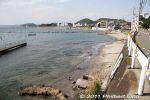
Coastal road along Shin-nase beach. 真名瀬海岸4 views
|
|
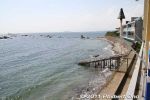
View from Denny's restaurant (Hayama-Morito Branch).4 views
|
|
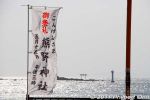
Kumano Shrine in Hayama, Kanagawa Prefecture.4 views
|
|
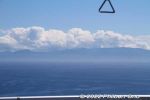
4 views
|
|
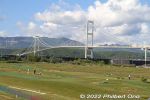
Hakucho Bridge, Muroran. Built in 1998. 白鳥大橋4 views
|
|
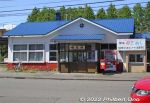
Bokoi Station (母恋駅). "Bokoi" means maternal love, so it's somewhat famous. Tour buses always point it out.4 views
|
|
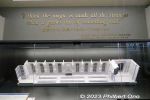
Great Hall model.4 views
|
|

Your short video will soon appear on one of the framed oil paintings on the staircase wall.4 views
|
|
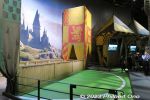
Quidditch filming experience: We visitors could act as spectators at a Quidditch match between Griffindore and Slytherin.4 views
|
|
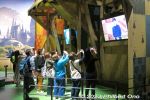
We could watch the resulting video almost immediately. Video was free to download later.4 views
|
|
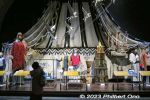
Props for Goblet of Fire.4 views
|
|
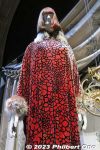
4 views
|
|

In Dumbledore’s Office, on the left on the cabinet is Gryffindor’s Sword in a glass case.4 views
|
|
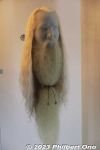
Dumbledore’s beard and hair.4 views
|
|
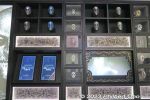
Death Eater masks.4 views
|
|
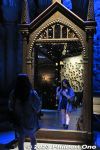
Mirror of Erised which reflects the deepest, most desperate desire of your heart. Harry saw his parents in this mirror.4 views
|
|

About Voldemort, The Dark Lord.4 views
|
|
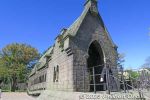
Hogwarts Bridge entrance.4 views
|
|
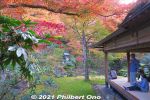
3 views
|
|
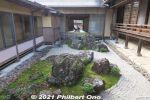
Rock garden in the inner courtyard.3 views
|
|
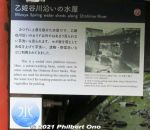
Water shed is called "mizuya." 水屋3 views
|
|

Gujo Odori dance festival schedule.3 views
|
|
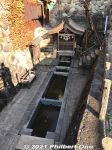
Sogisui natural spring, one of Japan's 100 Famous Natural Springs. 宗祇水3 views
|
|
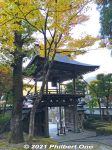
Daijoji Temple gate and bell tower in autumn.3 views
|
|
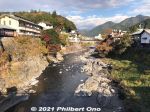
Yoshida River in Gujo-Hachiman looking upstream as seen from Miyagase Bridge. In summer, people fish for ayu sweetfish or swim in the river.3 views
|
|
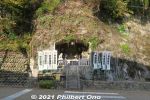
Roadside monument for a poem by Orikuchi Shinobu in 1919. It was a memorial for the victims of a major fire in the northern part of town.3 views
|
|
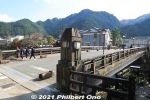
Shinbashi Bridge over Yoshida River. Cross this bridge to the Former Hachiman Town Hall and you will be in Minami-machi or the southern part of town.3 views
|
|
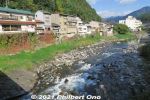
3 views
|
|
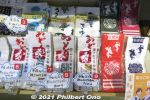
Gujo Odori dance tenugui hand towels.3 views
|
|
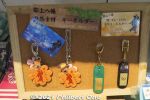
Gujo Odori dance key chains.3 views
|
|
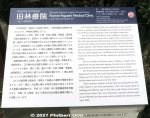
About the former Hayashi Clinic that was donated to the city.3 views
|
|
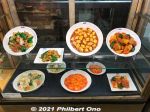
Sample Kobo factory for food replicas which were invented in Gujo-Hachiman. Looks delicious. サンプル工房3 views
|
|
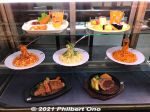
Gujo-Hachiman native Iwasaki Takizo (1895–1965) invented the ubiquitous food replicas we see today in restaurants in Japan. 3 views
|
|
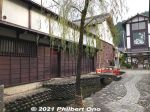
Yanaka Mizu no Komichi (やなか水のこみち). Narrow alley with embedded stones.3 views
|
|
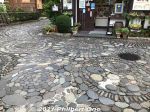
3 views
|
|
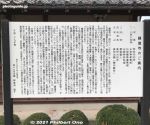
About Ganrenji in Japanese. 3 views
|
|
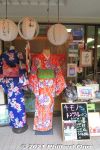
Kimono makeover shop to dress in kimono (or hakama for men) and stroll around to take pictures amid the traditional townscapes.3 views
|
|

Enakyo or Ena Gorge is in the city of Ena (pop. 47,000 as of Nov. 2021) next to Nakatsugawa in eastern Gifu Prefecture.3 views
|
|
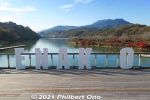
Most tourists visiting Enakyo will first arrive here, a short walk from the bus stop and parking lot. The "Y" is missing here. Maybe it was designed to have a human posing as the "Y" in a selfie.3 views
|
|
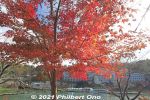
3 views
|
|
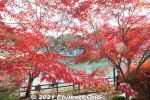
3 views
|
|
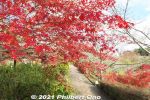
3 views
|
|
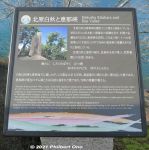
About the tanka poem by poet Kitahara Hakushu.3 views
|
|
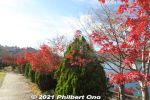
Definitely the right place for red maple leaves. Most were already very red.3 views
|
|
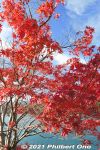
3 views
|
|
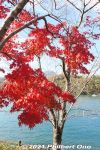
3 views
|
|
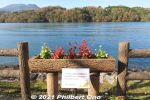
Flowers grown and groomed by Ena Agricultural High School students studying landscape design.3 views
|
|
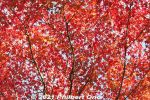
3 views
|
|
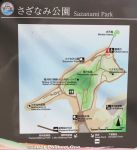
Map of Sazanami Park. You can walk around it in 15-20 min. (Longer if you like to take pictures.)3 views
|
|
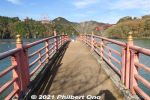
Bridge to Benten Island.3 views
|
|
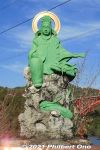
Statue of the goddess Benzaiten, protector against floods and water accidents. Goddess of anything that flows, including music.3 views
|
|
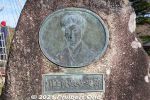
Relief of Kawakami Sadayakko (or Sada Yacco 1871–1946) who was Momosuke's mistress and former geisha who was also previously mistress to Prime Minister Ito Hirobumi. She helped Momosuke build and design seven dams along Kiso River. 川上 貞奴3 views
|
|
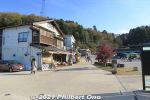
Gift shops on the way back to the bus stop.3 views
|
|
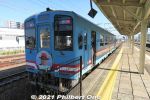
Tarumi Line starts here at JR Ogaki Station. Only one train car on this rural line.3 views
|
|
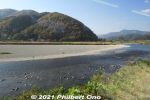
There are some nice views along the train line.3 views
|
|
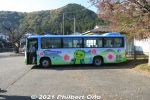
At the station, a shuttle bus (Ibigawa-cho Fureai bus) awaits to take tourists to Tanigumi-san. Short bus ride, but the bus runs only once every 90 minutes until 2:30 pm.3 views
|
|
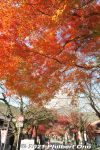
3 views
|
|
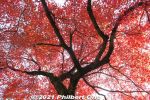
3 views
|
|
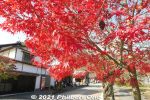
3 views
|
|
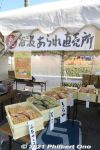
3 views
|
|
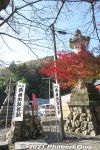
Stone lanterns marking the intersection of the old Tanigumi Kaido to Yokokura.3 views
|
|
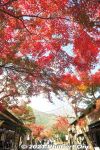
3 views
|
|
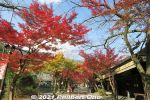
3 views
|
|
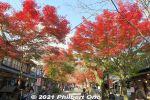
3 views
|
|
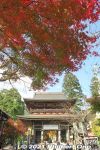
Niomon Gate. Getting closer to the main worship hall.3 views
|
|
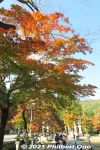
3 views
|
|
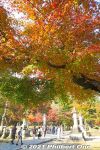
After the Niomon Gate, the path continues along a straight, tree-lined route.3 views
|
|
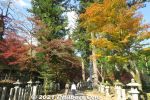
3 views
|
|
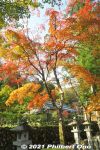
3 views
|
|
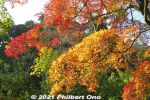
3 views
|
|
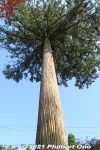
3 views
|
|
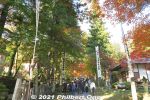
3 views
|
|
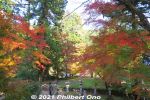
3 views
|
|
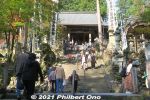
Approaching the Hondo main hall.3 views
|
|
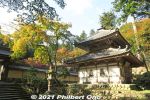
Kyodo Hall near the steps to the Hondo Hall. 経堂3 views
|
|
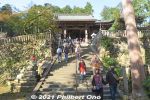
Steps to the Hondo main hall.3 views
|
|
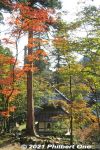
3 views
|
|
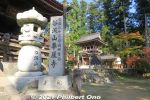
Next to the Hondo Hall is a stone monument/sign for Kegonji Temple.3 views
|
|
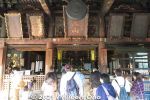
Inside Tanigumi-san Hondo main hall. It worships a hidden 11-faced Kannon statue. The last time the statue was displayed to the public was on March 1–14, 2009. 3 views
|
|
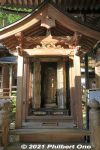
3 views
|
|
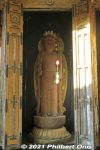
3 views
|
|
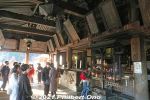
Inside Tanigumi-san Hondo main hall. People pray here for family safety, pregnancy, safe childbirth, business prosperity, transportation safety, passing an exam, recovery from illness, good relationships, and just about everything else.3 views
|
|
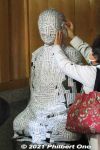
This lady probably wants to cure her impaired hearing. Koke-no-mizu Jizo statue (苔の水地蔵尊)3 views
|
|
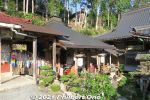
Oizurudo (笈摺堂)3 views
|
|
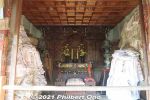
Pilgrims who complete the Saigoku Pilgrimage supposed to visit three buildings at this No. 33 temple. Besides the Hondo main hall, there is this small altar hall called Oizurudo (笈摺堂).3 views
|
|
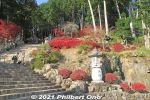
33 stone steps to Mangando Hall (満願堂).3 views
|
|
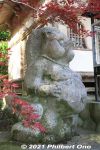
The word "Mangan" means "fulfillment of one's prayer/request" in reference to the completion of the 33-temple pilgrimage. People who complete the pilgrimage are considered to be superior to others. 3 viewsAnd so the Japanese phrase "ta wo nuku" (他を抜く), meaning "surpassing others," applies to them. Since "ta wo nuku" almost sounds like "tanuki," they have all these tanuki here.
|
|
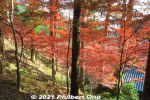
3 views
|
|
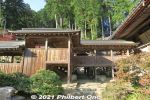
3 views
|
|
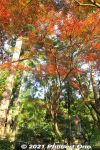
3 views
|
|
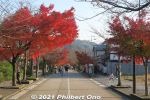
3 views
|
|
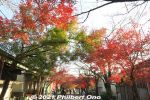
3 views
|
|
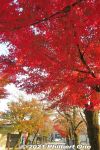
3 views
|
|
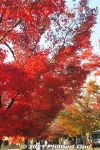
3 views
|
|
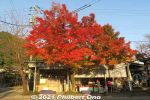
3 views
|
|
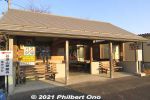
Tanigumi-san bus stop and shelter.3 views
|
|
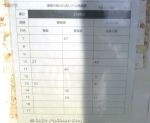
Buses go to Tanigumi-guchi Station (Tarumi Line) or Ibi Station (Ibigawa Line). Very infrequent, so check and remember the return bus schedule when you arrive here.3 views
|
|
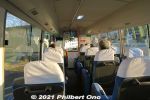
Going to ibi Station.3 views
|
|
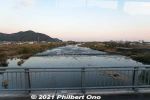
3 views
|
|

Bus stop at ibi Station.3 views
|
|
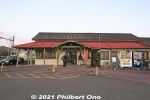
Ibi Station.3 views
|
|
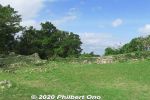
3 views
|
|
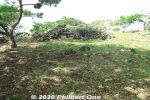
3 views
|
|
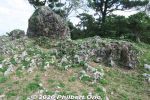
There is still much evidence that this was a coral outcrop.3 views
|
|

About the Chinese banyan or gajumaru tree (ガジュマル) at Urasoe Castle site.3 views
|
|

Location of the "tun" place of prayer rituals at Urasoe Castle conducted by a noro priestess and villagers from Nakama and Maeda.3 views
|
|

Going back down.3 views
|
|

Another noted site is the Urasoe Gusuku and Yodore which is the royal mausoleum for Ryukyu Kings.3 views
|
|

In the distance, the runway at Futenma Air Base as seen from Hacksaw Ridge. This is the air base slated to move to another location where it is less populated..3 views
|
|

About the YS-11A.3 views
|
|
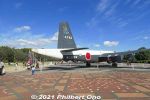
Rear of P-2J. Next to the outdoor planes is a grassy lawn for kids to run around. No balls, frisbees, or tents allowed. 川崎P2-J対潜哨戒機3 views
|
|
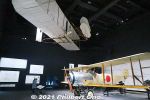
Wright Flyer in the same room as another plane. 乙式一型偵察機(サルムソン2A2)3 views
|
|

Chronology of Japan's aviation history.3 views
|
|
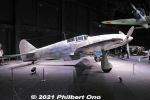
Kawasaki Ki-61 Hien fighter 三式戦闘機二型「飛燕」(川崎キ61-II改)3 views
|
|
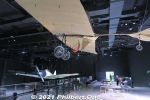
3 views
|
|
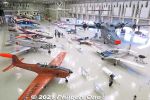
Main display hall of airplanes at Gifu-Kakamigahara Air and Space Museum. A lineup of post-World War II aircraft.3 views
|
|
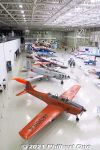
3 views
|
|
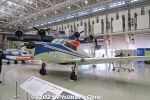
Kawasaki KAL-1 from 19523, the first plane designed and produced in Kakamigahara after World War II.3 views
|
|
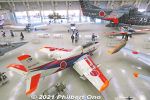
Fuji T-1B3 views
|
|
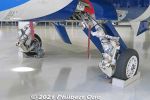
Gear of Mitsubishi T-2 Blue Impulse aerobatic jet.3 views
|
|
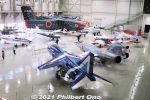
Mitsubishi T-2 Blue Impulse aerobatic jet.3 views
|
|
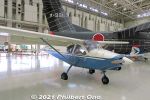
N-62 Eaglet light aircraft from 1964. By Nihon University and Itochu.3 views
|
|
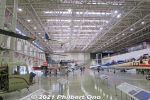
3 views
|
|

Flight simulator (Closed when I was there.)3 views
|
|
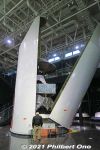
H-II rocket. H-IIロケット フェアリング3 views
|
|
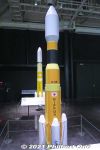
H-IIB rocket that took the Kounotori cargo spacecraft to the ISS.3 views
|
|

Japanese astronaut Yamazaki Naoko went aboard US Space Shuttle Discovery in April 2010 to the International Space Station (STS-131). More photos of her and her mission here.3 viewsShe is also the Gifu-Kakamigahara Air and Space Museum's ambassador.
|
|
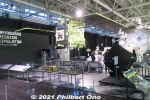
Hayabusa II Mission Simulator. Hayabusa II brought back to Earth asteroid samples from near-Earth asteroid 162173 Ryugu in Dec. 2020.3 views
|
|

Placards autographed by Japanese astronauts displayed in the cafe.3 views
|
|
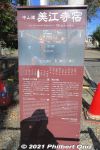
Mieji-juku info board in front of Mie Shrine.3 views
|
|
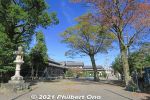
Mie Shrine grounds.3 views
|
|
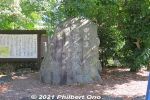
Mie Shrine also has this Mieji-juku stone monument.3 views
|
|
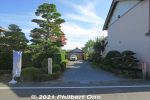
Site of Mieji-juku's Honjin (VIP lodging). The building no longer exists. This was Mieji-juku's highest elevation at only 10 meters. 本陣跡3 views
|
|
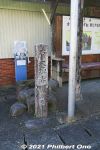
Stone marker showing the way to Ogaki and Akasaka-juku.3 views
|
|
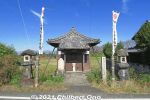
In Mieji-juku, a roadside Thousand-Arm Kanzeon-do Hall. 美江寺宿 千手観世音堂3 views
|
|
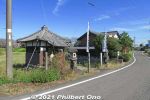
Kanzeon-do Hall in Mieji-juku. 美江寺宿 千手観世音堂3 views
|
|

Hiroshige's woodblock print for Mieji-juku showing Saikawa River and two farmers giving directions to a priest. It was a low-lying area near three rivers and prone to flooding. 犀川3 views
|
|
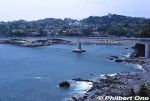
The bridge going to Manazuru Peninsula is on Route 135.3 views
|
|
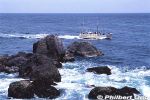
Fishing boat sailing past Manazuru Peninsula.3 views
|
|

School of small fish. Most of my underwater photos were shot too close and came out blurry.3 views
|
|
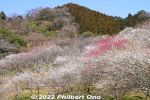
Takao Baigo is in the area of the famous Mt. Takao. It's an area with several plum blossom groves mainly along a road called Kyu-Koshu Kaido (旧甲州街道) near JR Takao Station and Keio Line Takaosanguchi Station. 3 views
|
|

JR Takao Station. Get out the north exit (Kitaguchi).3 views
|
|
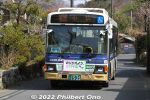
Buses run only once an hour on weekdays and two or three times per hour on weekends. Take the bus going to Kobotoke (小仏).3 views
|
|
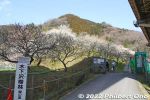
Gate to Kogesawa Bairin. All the plum groves have free admission. Kogesawa Bairin is open to the public only when the flowers are on bloom. Otherwise, it's closed to the public (surrounded by a fence).3 views
|
|
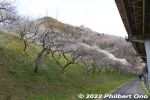
Walking up to the top of Kogesawa Bairin along this path on the periphery.3 views
|
|
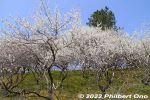
3 views
|
|
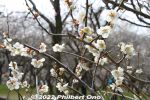
3 views
|
|
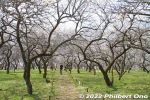
Top of Kogesawa Bairin.3 views
|
|
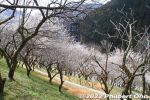
3 views
|
|
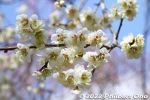
3 views
|
|
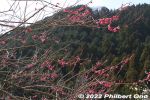
3 views
|
|
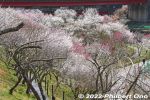
3 views
|
|
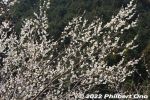
3 views
|
|
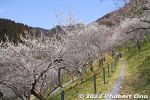
3 views
|
|
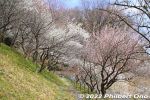
3 views
|
|
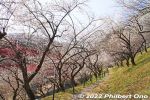
Walking path near the Chuo Expressway.3 views
|
|
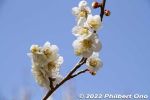
3 views
|
|
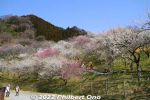
Kogesawa Bairin3 views
|
|
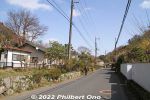
It's a quiet, rural, residential area along a small river. As you keep walking, you see plum trees here and there.3 views
|
|
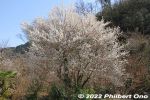
3 views
|
|
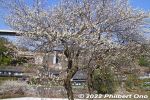
3 views
|
|
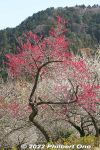
Since they are so few in Takao, the red plums really stand out.3 views
|
|
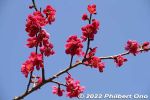
3 views
|
|
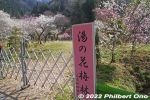
Walked further along the road for the next grove named Yunohana Bairin (湯の花梅林). 3 views
|
|
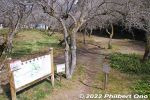
Riverside path.3 views
|
|

Riverside path map.3 views
|
|
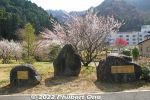
Takao Baigo stone monument at Takao Ume-no-Sato Machi-no-Hiroba.3 views
|
|
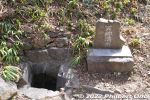
Tenjin Bairin well.3 views
|
|
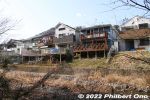
Homes along the river.3 views
|
|
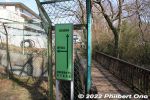
Turn left to see another plum grove, but I was too tired and just went straight.3 views
|
|
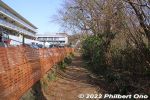
3 views
|
|
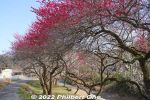
Toward the end (or beginning) of the trail are more plum blossoms called Yuhodo Bairin (遊歩道梅林).3 views
|
|
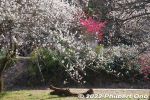
3 views
|
|
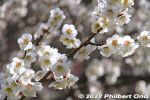
3 views
|
|
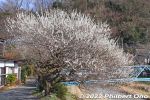
Yuhodo Bairin (遊歩道梅林)3 views
|
|
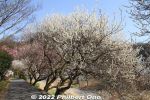
3 views
|
|
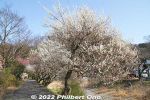
3 views
|
|
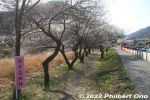
Yuhodo Bairin (遊歩道梅林)3 views
|
|
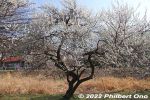
3 views
|
|
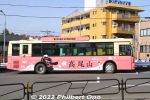
Plum blossom bus at Takao Station (North exit). They have two buses running at the same time between Takao Station (North exit) and the plum groves. 3 views
|
|

Lake Kussharo is another scenic lake in Akan-Mashu National Park in eastern Hokkaido. Japan's largest caldera lake. Unlike Lake Mashu, Kussharo is accessible to tourists like here at Sunayu.3 views
|
|
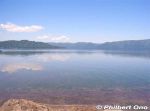
Lake Kussharo as seen from Sunayu. Lake Kussharo's caldera volcano started forming over one million years ago. The caldera lake formed over 40,000 years ago. 3 viewsPart of the caldera lake was filled in by Mashu volcano eruptions, making Kussharo lose its round shape and become bean-shaped.
|
|

The lake circumerence is 57 km. Deepest point is 125 meters. In the middle of the lake is Nakajima island, a volcano. Japan's largest island in a lake. The island is uninhabited by humans.3 views
|
|

Wakoto Peninsula3 views
|
|
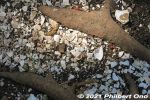
While walking through Horinouchi Kaizuka Shell Mound, many pieces of shell or pottery on the ground. Still here, after thousands of years!3 viewsRead more about this shell mound here: https://ichikawashi.jp/horinouchi/index_en.html
|
|

Junsai-ike Ryokuchi Park is a nature area where the flora and fauna are not to be disturbed. じゅん菜池緑地3 views
|
|
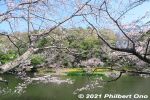
Cherry blossoms along Junsai-ike Pond. じゅん菜池3 views
|
|
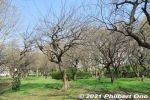
Plum blossom trees near Junsai-ike Pond. 3 views
|
|
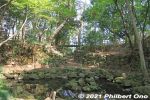
Konodai Castle remains in Satomi Park. Embankments and rocks. 国府台城3 views
|
|
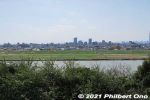
Edogawa River.3 views
|
|
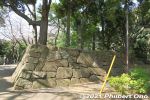
3 views
|
|
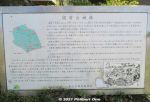
Being the site of Konodai Castle, Satomi Park was also the site of the Battles of Konodai fought twice between the local Satomi Clan (ruler of Awa Province in present-day Chiba) and the invading Hojo Clan (from Odawara) in the 16th century. 3 viewsThe Hojo won the final battle and thereby took control of present-day Chiba. The Hojo is said to have expanded and reinforced Konodai Castle.
However, when Tokugawa Ieyasu took control of Japan, he had Konodai Castle dismantled because it had a intimidating view of his own Edo Castle.
|
|

About Shien-soja. It was originally located in Koiwa (Edogawa Ward, Tokyo) and moved here. (紫烟草舎).3 views
|
|
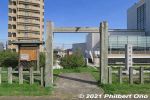
Slightly south of Keisei Line's Konodai Station next to Edogawa River is the Ichikawa Sekisho Checkpoint site. This is only a marker monument (no original structures). 市川関所跡3 views
|
|
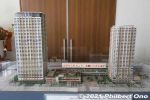
Scale model of the skyscraper buildings next to JR Ichikawa Station. On the left is The Towers West building and on the right is The Towers East. The West building has a nice lookout deck on the 45th floor.3 views
|
|

Looking west toward Edogawa River. The JR Sobu Line (left) and Keisei Line (extreme right) over Edogawa River can be seen. The bridge in the middle is Route 14.3 views
|
|
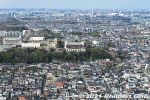
"Temple" marks the location of Guhoji Temple, famous for a 400-year-old weeping cherry blossom tree. See this album.3 views
|
|
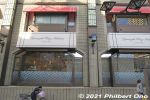
Yamazaki Plaza Ichikawa, a coffee shop and bakery operated by Yamazaki Baking in front of Ichikawa Station. This was a good place for refreshments before heading home.3 views
|
|
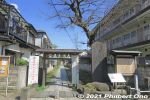
Near Guhoji is Tekona Reijindo, another temple. We didn't go to see this temple though. (Too tired walking.) Tekona Reijindo is dedicated to a local girl named Tekona who lived 2,000 years ago. 手児奈霊神堂3 viewsHer job was to fetch water from a well. She was such a beautiful girl that every man who saw her fell in love with her and wanted to marry her. They even fought over her. Even the moon fell in love with her. She got so distraught by all the attention and fighting that she drowned herself in the well. Poor girl, she was loved to death.
|
|
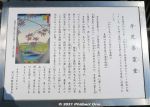
In 1501, Tekona's spirit told a priest to build a grave for her. This evolved into this temple where women pray for maternal happiness including safe childbirth and child rearing. 手児奈霊神堂3 views
|
|
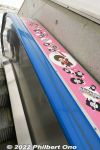
Escalator handrail decorated with Monchicchi. 3 views
|
|

3 views
|
|
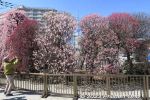
3 views
|
|
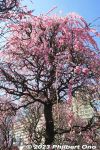
3 views
|
|
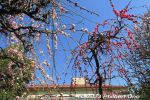
3 views
|
|
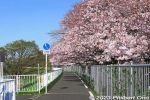
A long cycling path goes along Shin-Shibakawa River and the America cherry blossoms.3 views
|
|
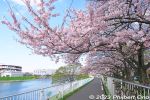
3 views
|
|
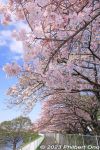
3 views
|
|
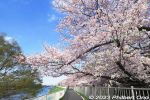
3 views
|
|
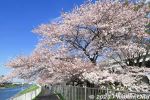
3 views
|
|
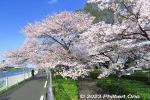
3 views
|
|
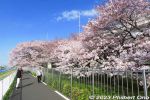
3 views
|
|
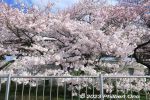
3 views
|
|
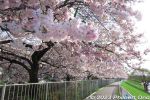
3 views
|
|
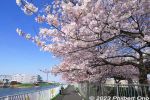
3 views
|
|
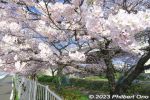
3 views
|
|

About Adachi Ward's Japan-US Cherry Blossom connection and centennial in 2012.3 views
|
|
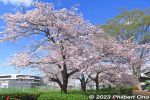
"America" Somei-Yoshino cherry trees from America at the park when in bloom. They are planted for a few hundred meters along Shin-Shibakawa River behind the Visitors Center. This was in late March.3 views
|
|
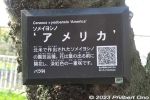
ID tag for "America" Somei-Yoshino cherry tree from America at the park. It now has a QR code linking to a Japanese webpage explaining the species.3 views
|
|
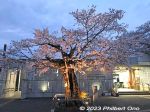
Yasube'e Sakura cherry blossom tree in front of JR Musashi-Masuko Station. The station building was rebuilt in March 2011.3 views
|
|
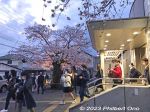
Yasube'e cherry blossoms have been welcoming local residents returning home by train for almost 100 years at JR Musashi-Masuko Station.3 views
|
|
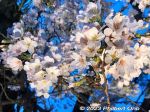
3 views
|
|
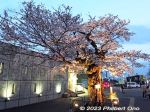
3 views
|
|
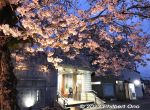
We'll miss you much.3 views
|
|
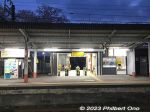
JR Musashi-Masuko Station turnstile. Trains go to Tachikawa and Haijima Stations.3 views
|
|
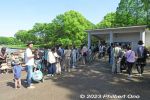
Another long line to get on the boat.3 views
|
|
| 71460 files on 284 page(s) |
 |
 |
 |
 |
283 |
|